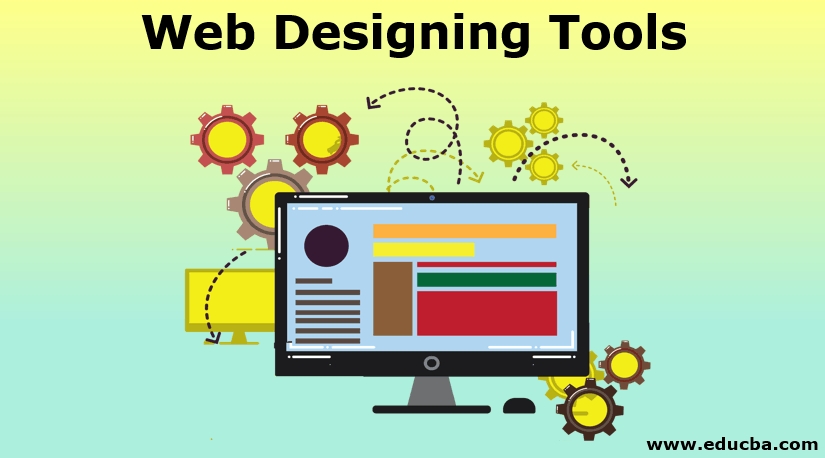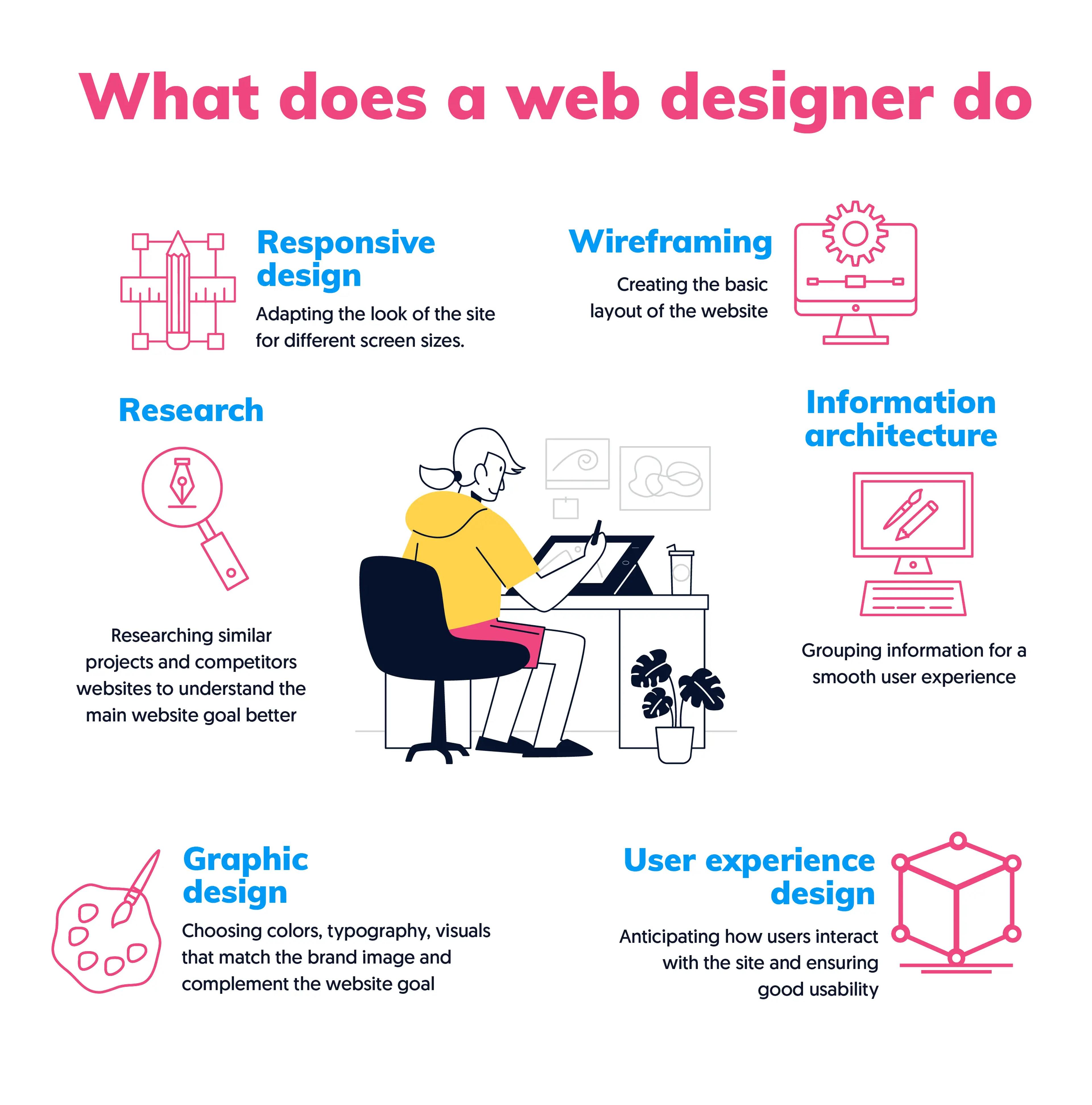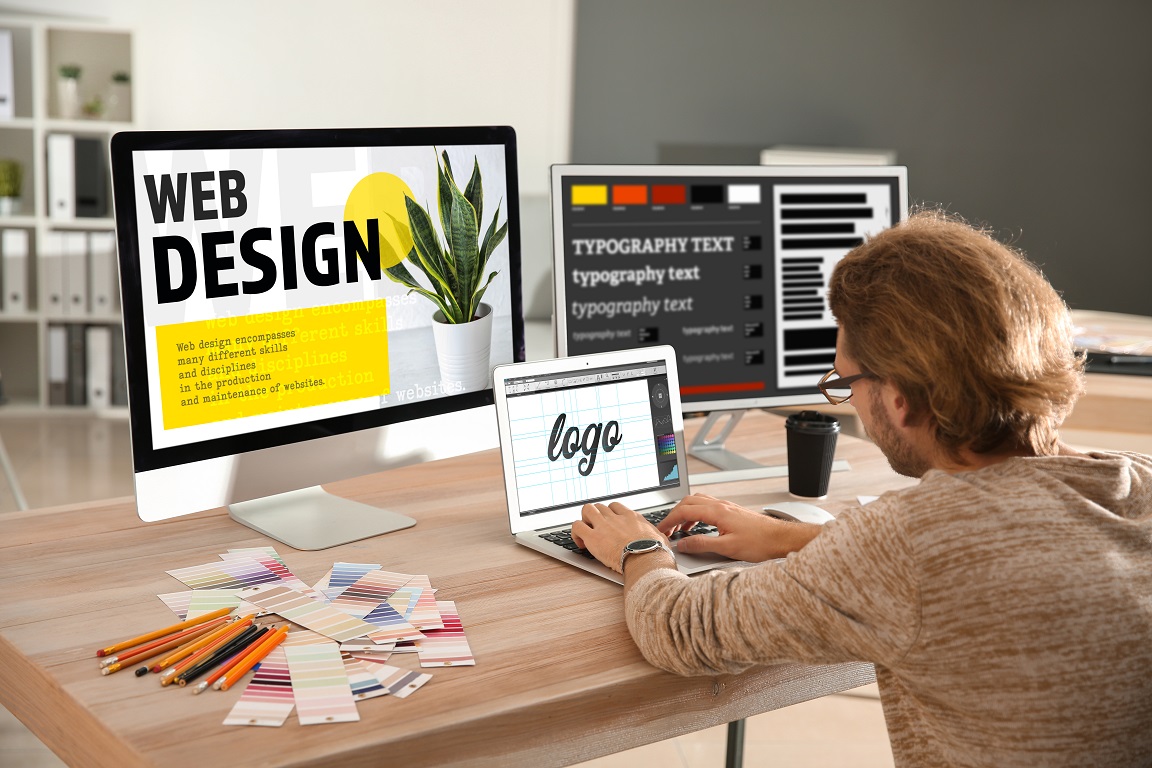Expert Aligned Position Web Design: Elevate Your Digital Presence with Our Professional Services
Expert Aligned Position Web Design: Elevate Your Digital Presence with Our Professional Services
Blog Article
The Ideal Sorts Of Website Design to Boost User Experience and Interaction
In the ever-evolving landscape of electronic communication, the effectiveness of Web design considerably influences customer experience and involvement. Different design strategies, such as minimal, responsive, and interactive layouts, each deal distinct advantages that can deal with diverse individual needs. Comprehending which types of website design best offer these objectives can be pivotal for organizations intending to boost consumer fulfillment and retention. Nonetheless, the question remains: which style aspects truly resonate with individuals and foster meaningful interaction? The expedition of these concepts discloses essential insights that might redefine your approach to website design.
Minimalist Website Design
As digital landscapes become progressively messy, minimal website design has actually emerged as an effective method to enhancing customer experience. This style viewpoint prioritizes simpleness, concentrating on necessary components while removing unneeded diversions. By making use of adequate white area, straightforward navigating, and a limited shade palette, minimal layout promotes clearness and guides individual interest to essential material.
The core principle of minimal Web style is to create a smooth communication for users. By reducing cognitive load, users can promptly realize info without feeling overwhelmed. This straight strategy not only enhances use but additionally motivates involvement, as site visitors are a lot more most likely to explore a site that is aesthetically appealing and very easy to navigate.
Furthermore, minimal design usually stresses typography and imagery, using these aspects strategically to share messages efficiently. This concentrate on crucial elements can enhance brand name identity and produce an unforgettable customer experience. Basically, minimal website design is not simply a fad; it is a thoughtful methodology that recognizes the importance of user-centered layout. By stripping away nonessential components, developers can create a much more engaging, reliable, and pleasurable Web experience for all users.
Responsive Web Layout
In today's varied digital atmosphere, receptive Web layout has actually become important for developing a seamless customer experience across a wide variety of tools. As users accessibility websites on smartphones, laptop computers, desktop computers, and tablets, the ability of a web site to adjust its format and material to various screen sizes and resolutions is important.
Receptive Web design employs flexible grids, photos, and CSS media questions to guarantee that Web material exists efficiently, despite the tool utilized. This strategy not just improves the aesthetic appeal of a website but additionally dramatically enhances functionality. Customers are most likely to involve with a website that supplies a constant experience, as it gets rid of the stress of needing to focus or scroll exceedingly.
By adopting responsive layout, businesses can enhance their presence and get to a more comprehensive target market. In recap, receptive Web layout is a basic method that improves user experience, interaction, and overall fulfillment.
Interactive Website Design
Receptive website design lays the groundwork for enhancing user experience, yet interactive Web layout takes this a step even more by involving customers in a more dynamic means - Aligned Position Web Design. By incorporating elements such as animations, clickable prototypes, and real-time comments, interactive Web design captivates users, drawing them into a richer browsing experience
This method not just promotes engagement however additionally encourages customers to check out content proactively rather than passively consuming it. Techniques such as gamification, where customers make incentives for completing tasks, can substantially boost the moment invested in a website and enhance general complete satisfaction. Interactive functions can streamline complex information, making it more pleasurable and digestible.

Incorporating interactive layout aspects can also cause higher conversion prices, as customers are most likely to involve with a website that proactively involves them. Aligned Position Web Design. Eventually, interactive Web style transforms customer experiences right into unforgettable trips, making sure that visitors return time after time
Flat Layout
Identified by its minimalistic method, flat style emphasizes simplicity and performance, removing unneeded components and concentrating on vital attributes. This design viewpoint focuses on use, making certain that customers can browse interfaces effortlessly and efficiency. By using a clean visual, flat style gets rid of the mess typically found in much more elaborate styles, thus enhancing user visit this site concentrate on material and performance.
The hallmark of level layout exists in its use strong shades, easy typography, and geometric forms. These components add to an aesthetically attractive interface that is both contemporary and approachable. Additionally, level design promotes a feeling of clarity, permitting customers to discern essential activities and details without distraction.
Additionally, level design is specifically effective in responsive Web design, as its simplicity converts well across numerous gadgets and display dimensions. By concentrating on necessary features, level design not only satisfies user requirements but additionally urges seamless interaction, making it a vital component of reliable Web design methods.
Adaptive Website Design
Adaptive website design personalizes the customer experience by producing multiple fixed layouts customized to various display sizes and devices. Unlike responsive layout, which fluidly changes a single layout, adaptive layout utilizes distinctive designs for specific breakpoints, ensuring optimal discussion on numerous platforms. This strategy permits designers to concentrate on the distinct attributes of each gadget, improving usability by delivering precisely Homepage what users require based upon their context.
Among the primary advantages of flexible Web layout is its capability to enhance tons times and efficiency. By serving tailored material and images that fit the user's tool, web sites can minimize information use and enhance loading speeds. This is specifically advantageous for customers with slower connections or limited information plans.

Furthermore, flexible design promotes a more controlled and constant branding experience. Given that designers create several formats, they can make sure that the aesthetic components line up with the brand name's identification across different systems - Aligned Position Web Design. This leads to a natural individual experience, boosting engagement and advertising user retention
Final Thought
In verdict, the assimilation of minimal, receptive, and interactive Web design principles substantially boosts customer experience and interaction. Minimal design fosters quality and focus, while responsive style makes certain flexibility across numerous tools, advertising ease of access. Interactive layout astounds users with dynamic components, encouraging exploration and customization. Jointly, these layout approaches contribute to the development of user-friendly environments that not just improve contentment yet also drive greater conversion prices, underscoring their critical significance in modern website design strategies.

Minimal style directory promotes clarity and focus, while responsive layout makes sure versatility across numerous devices, promoting access. Jointly, these design approaches add to the development of straightforward environments that not just improve fulfillment but additionally drive higher conversion rates, emphasizing their crucial value in modern Web layout techniques.
Report this page